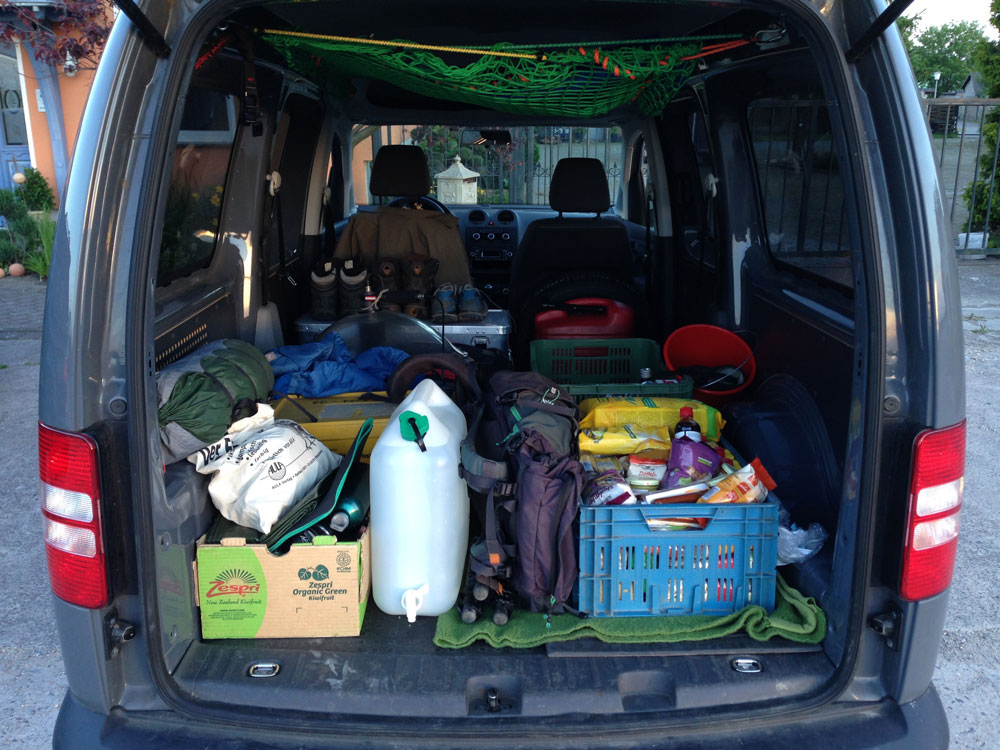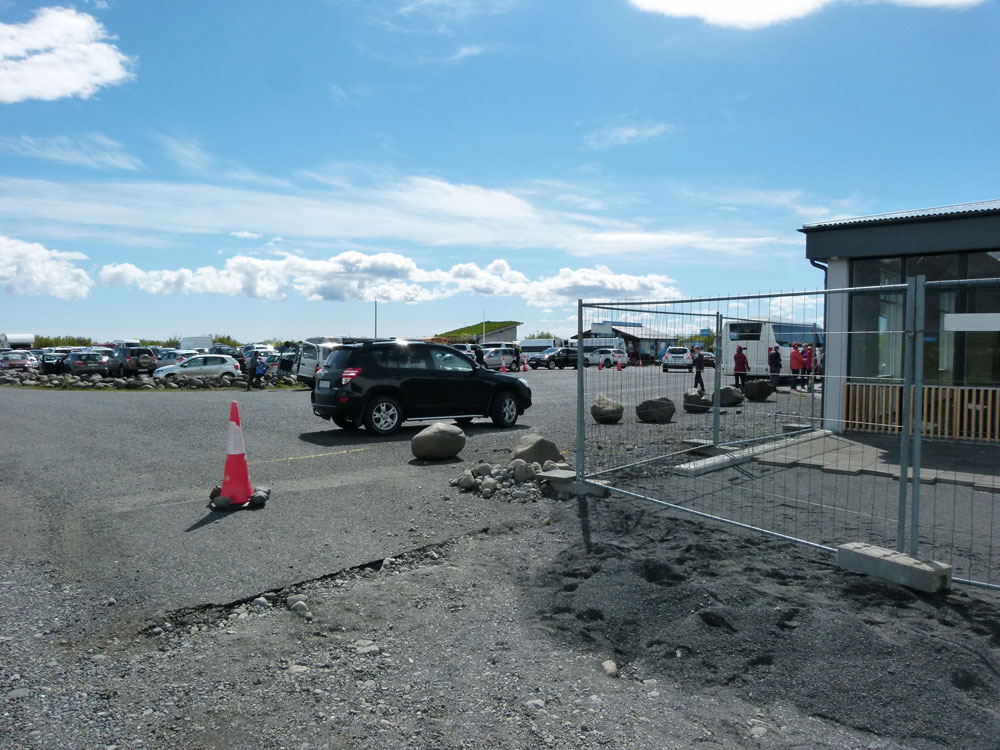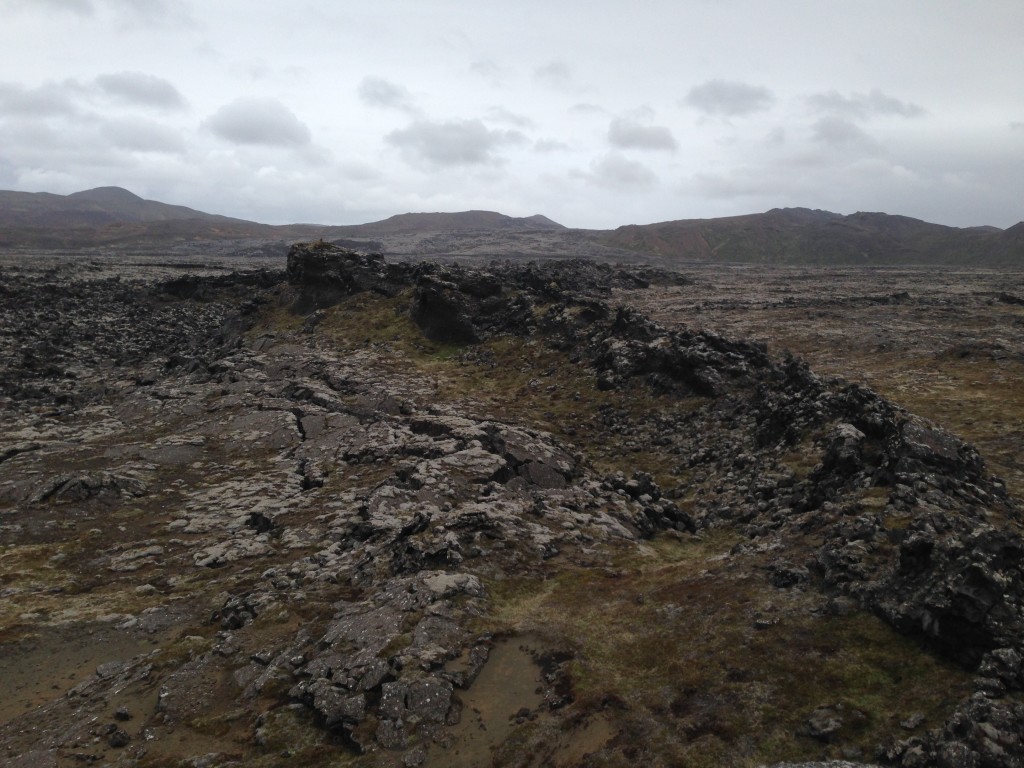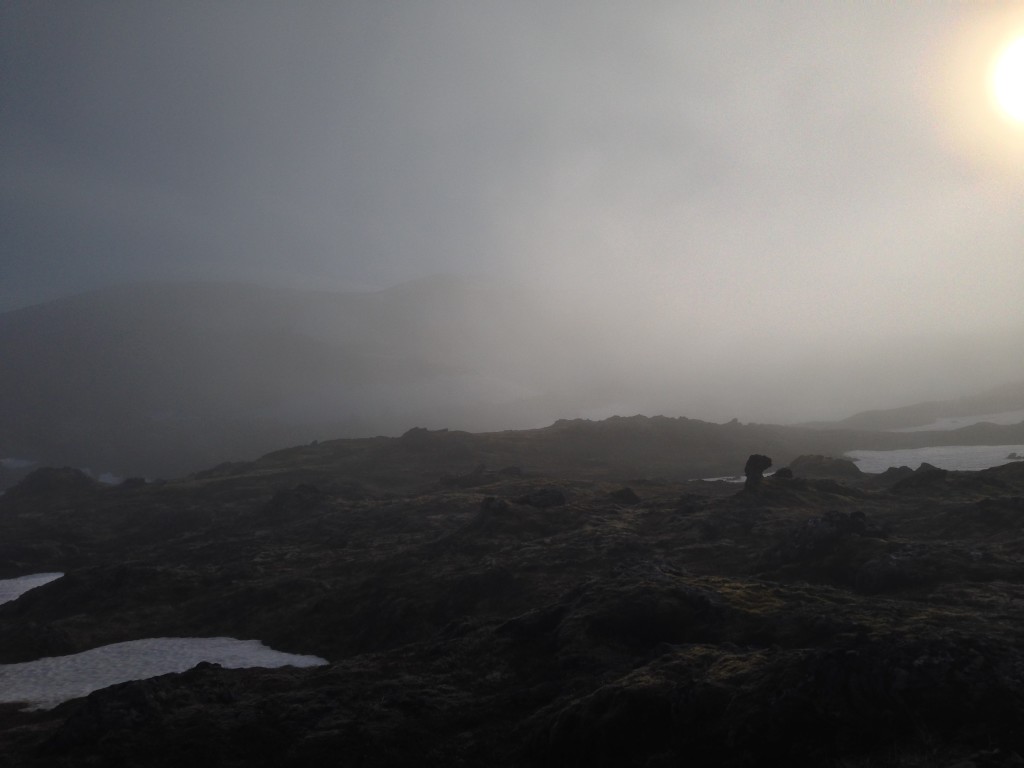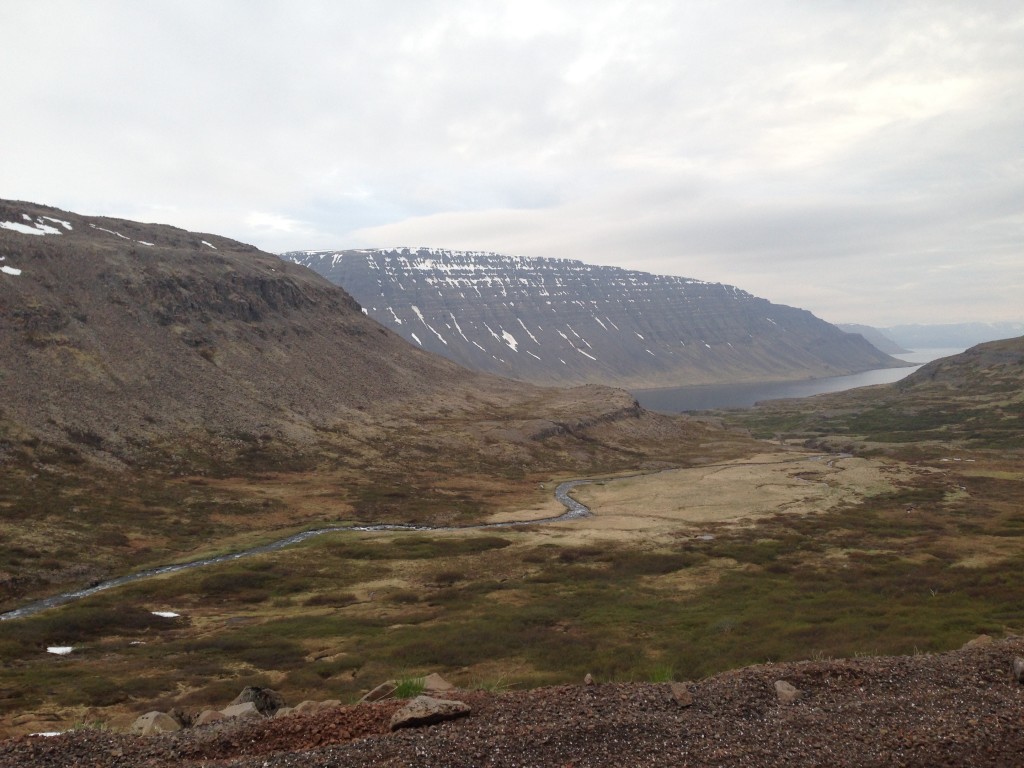January 2016
In June 2014 I went to the annual meeting of the Wildlife Sound Recording
Society at Rutland Wetland Reserve. Chris Watson the new president of
the society presented sound recordings made on filming trips for Sir David
Attenborough’s series Frozen Planet– no need to mention how inspiring it
was once again.
Chris invited me to participate in one of the Wildeye’s workshops he
regularly gives together with Jez riley French – preferably the one on
Iceland.
Despite several invitations to visit a close friend on Iceland, I never took the
chance – for a simple reason: I heard so much awful stories about the mass
tourism going on there since a few years.
But one week with two of my favorite sound recordists and a couple of so far
unknown but surely surely interesting people would be a good occasion to
check my prejudices.
So I booked the workshop and decided to prolong my stay for another four
weeks which should be enough to visit my friend at Snæfellsness, to get a
rough overview and of course some sound recordings of species I was
desperately searching for quite a long time.
However, my priority would be to obtain high quality recordings of ambiences,
ice and wind without any traffic noise.
At the beginning of June, I packed my car and drove up north to Denmark to
take the ferry to Seyðisfjörður which usually takes three days. I wasn’t too
happy with the ferry connection for the simple fact that it takes one stopover
on the Faroe Islands – well known for the ritualized mass murder of Pilot Whales
Globicephala melas that take place there every year.
One day before my arrival at the Faroe Islands the first massacre of the year
happened. It was the beginning of a series of massacres which has cost more
than 500 whales the life.
In Tórshavn harbour a local sold fresh Pilot Whale meat to tourists who are
hungry for extraordinary experiences in the Arctic. What a disgusting start of
my trip.
Two positive aspects of a commercial ferry are the wealth of sounds and
potential interesting people. I took advantage of both.
I had luck, during the trip rather bad weather came up and with it great sounds!
Most people seemingly preferred to lay in their beds during the storm which
minimized sounds from people talking, shopping or walking by.
football pitch at deck
In a café I spotted a familiar face and after a few minutes I got it: it was Tobias
Mennle, a well known and one of the most successful wildlife film makers
from Germany.
I took the chance to introdruce myself and we immediately slipped into the first
of many professional discussions and adventure tales from our journeys through
central asia and the far east. Finally he invited me to accompany him in order
to make a film about Arctic Foxes Vulpes lagopus in Iceland’s northern-eastern
tip called Hornbjarg. Bingo!
Right after I left the ferry I realised that this trip won’t be just an ordinary trip
through a unusual and unfamiliar type of landscape. I was literally shocked
by the beauty of the landscape around Seyðisfjörður!
My first stage was the Wildeye sound recording course in the vicinity of lake
Úlfljótsvatn in the Þingvellir area.
Since a lot of people already have written about their experiences at those
courses and Chris’s and Jez’s reputation speaks for themselves I will keep
it short:
The course was as expected very interesting, instructive and enormously fun!
We usually made day trips to interesting locations and afterwards at the late
evening listening sessions in our hotel together.
Some famous spots like the Vatnajökulsþjóðgarður or Gullfoss water fall
were so overcrowded by tourists and noise polluted by the things coming with
them like cars, sightseeing planes etc. that we barely could achieve recordings
even after midnight.
Three Icelanders accompanied the course. Hafdís Bjanardóttir presented
her new CD with field recordings from Iceland released by the german label
Gruenrekorder. Magnus Bergsson a super enthusiastic sound recordist and
fanatic cyclist accompanied us for field trips. Iceland’s sound art celebrity
Finnbogi Pétursson guided us to rather less crowded spots and organised
a recording evening in the local hydro power station! Many thanks for that!
PFR11053, 1-10, 150614
Red-necked Phalarope, advertising, male, female
Úlfljótsvatn, Iceland, MS-Stereo
PFR11042-4, 1-10, 150614
Common Snipe, Red-necked Phalarope, Arctic Tern, Greylag Goose, Meadow Pipit,
Common Redshank, Dunlin, European Golden Plover, Tufted Duck
Úlfljótsvatn, Iceland, MS-Stereo
Like always it was great to meet up with a group of sound enthusiasts and
I hope that those new connections and friendships will last!
After the course I went to Snæfellsnes, the famous peninsular in Iceland’s
west. I met up with my friend who lives there, and together we did a first walk
to get an overview of the area around her home.
I immediately felt in love with the breathtaking landscape and asked myself
why I didn’t visit her before. In order to avoid more tourists in that particular area
I had to promise her not to describe the exact location so I do not provide any
details here to respect that.
PFR11255, 2-10, 150617
Common Eider, flock, male, female, advertising
Red-throated Loon, call in flight
Snæfellsnes, Iceland, Telinga parabolic reflector
During the next days I made some short distance hikes and made plenty
sound recordings of waders, Common Eider Somateria molissima and spent
hours at a lake in hope the most desired Great Northern Loon Gavia immer
would call or even ‘sing’.
I’ve never seen so much ‘water birds’ and meadow breeding birds in one
place before which actually made it really difficult to obtain any single sound
in such a rich soundscape.
These seemingly healthy biotopes made me think again about Bernie Krause’s
theories of acoustic niches and the sound of healthy/unhealthy habitats.
One day I met up with two guys from the workshop, Bob Kellough a Los Angeles
based sound designer and Bethan Parkes, outstanding sound artist and composer
from Glasgow.
We did a round trip along Snæfellsnes’s coast and made recordings of caves,
streams, of course birds and the well known Hellissandur radio mast.
After a fabulous stay at the peninsular I had to continue my journey, made
another night drive to Ísafjörður in order to take the boat to Hornbjarg early
in the morning.
The boat trip took me three hours along beautiful rock formations and ten
thousands of breeding gulls and auks.
Right after my arrival I realised that another coincident would provide even
more options for my stay here. Right next to Tobias’s tent the Arctic Fox camp
was located. The camp was organised by Ester Rut Unnsteindóttir from
Reykjavik University.
During these days I made countless field trips with Tobias, Ester or alone to
capture the far-reaching voices of Arctic Foxes Vulpes lagopus, songs of
Snow Buntings Plectrophenax nivalis or the atmosphere of one of the huge
bird colonies along the coast.
Except from small groups of hikers now and then it was wonderfully quiet
there. But like on inner Iceland, tourism is increasing there too and like
everywhere in the world self-appointed nature lovers, once again in shape
of nature photographers, discover remote places first in order to get rare
shots of desired objects/subjects first.
Three ‘nature photographers’ invited by one of the land owners behaved
anything else than well. Even after some rebukes they hung around super
close to the Arctic Fox dens in hope to obtain photographs of cups playing
or adults passing food to them.
As often these guys had not the shadow of biological knowledge and obviously
the fox cups survival played just a minor role to them. Disgusting.
PFR11403, 2-11, 150622
Arctic Fox, male, female, calls
Hornbjarg, Iceland, Telinga parabolic reflector
PFR11365, 1-11, 150621
Snow Bunting, adult, male, song
Hornbjarg, Iceland, MS-Stereo
PFR11344, 2-10, 150620
Thick-billed Murre, Black-legged Kittiwake, Northern Fulmar, colony
Hornbjarg, Iceland, DPA 4060
Again I had to continue my journey and left this magical place, my mate
Tobias and the nice people from the camp with a heavy heart.
Ester pointed out that in case I want to make sound recordings of cetaceans
too, I should try to met up with a whale researcher named Marianne Rasmussen
in Húsavík.
I remembered her name from a lecture by Chris Watson and kept that in my mind.


Rock Ptarmigan Lagopus muta
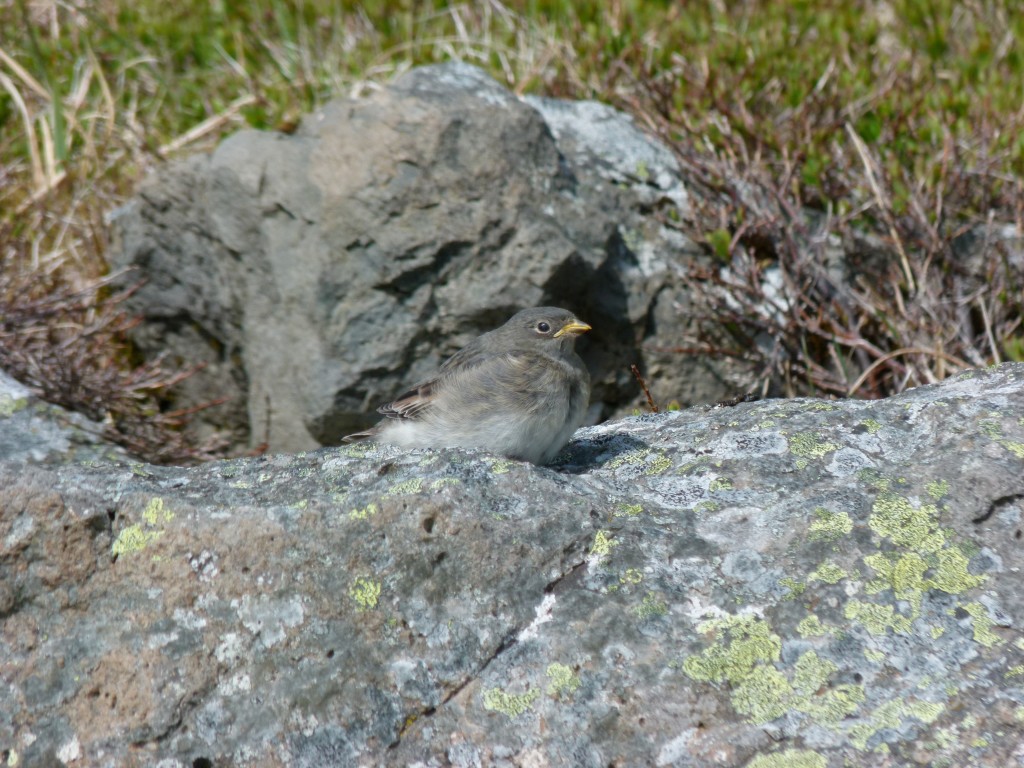
Snow Bunting Plectrophenax nivalis, juvenile

Arctic Fox Vulpes lagopus approaching me
But first I drove to the small Island Hrísey. My travel guide promised less shy
to tame Rock Ptarmigan Lagopus muta and a stunning variety of meadow
breeding birds due to the lack of Arctic Foxes and human hunting activities.
It turned out as true but the author of the guide had not mentioned that mass
tourism had arrived here too. Although birds were literally everywhere and in
parts in astonishing big numbers, it was much too noisy to get proper sound
recordings.
The worst thing was a local with his tractor who drove tourist through the
meadows and heaths. After a few hours I decided to leave the island and come
back for some days later. The best thing would be to stay on that island for a
couple of days to catch a quiet hour before the ferry would bring over the tourists
for days trips.
On my way to Húsavík I checked out a place a colleague recommended for
Pink-footed Goose Anser brachyrhynchus. Again, there was far too much traffic
noise.
In addition the geese had five or six day old chicks were super shy. To avoid
any disturbance I decided to discard this chance and went on to Húsavík, the so
called ‘Whale watching capital of Europe’.

European Golden Plover Pluvialis apricaria

Red-necked Phalarope Phalaropus lobatus
With the first steps into one of the whale watching company ticket shops
I realised that Husavík would be another stage of my trip with more unplanned
things to come.
Within minutes I got in touch with Marianne Rasmussen and spotted a poster
of the upcoming ‘Whale Congress’ at Húsavík’s Whale Museum. Wow!
Next morning I found myself on a small sailing yacht ready to make sound
recordings of Blue Whale Balaenoptera musculus or one of the other species
present at the moment in Skálfandi bay.
Beside the sheer possibility that I could see or even listen to one of these
amazing creatures I was glad to accompany Marianne’s trip to get an insight
into her work first hand.
In the evening the Whale congress took place at Húsavík Whale Museum.
Several people from all over Europe gave insight into their recent work.
As a marine observer it was good to have come in contact with scientists
at least to get a bit of an overview what the data I collect during my normal
day job could be useful for.
PFR11712, 3-10, 150629
mud pot
Hverir, Iceland, DPA 4060
PFR11713, 3-10, 150629
mud pot
Hverir, Iceland, DPA 4060
That evening someone mentioned artist Sonia Levy who was working at the
museum with whale remains, illustration, video and sound. Not only that these
clear parallels to my late friend Ingo have made me immediately curious.
It turned out that Sonia Levy and I have mutual friends like my all time favorite
sound artist Yannick Dauby and also workshop tutor Jez riley French.
Until now I’m not sure if coincidences like this happen because one is at a
special place (which of course attracts other like-minded persons too) with
a special dynamic or if my journey was quite special under this aspect.
Sonia Levy and I made an appointment for the next day and she showed me
some of her work for the upcoming exhibition in Husàvìk’s Whale Museum.
I was really impressed by her ideas, her approach and the results!
Check out her Iceland related works here.
After just a few days filled with whale watching, conversations and making
contact to local people my time ran out.

Horned Grebe Podiceps auritus
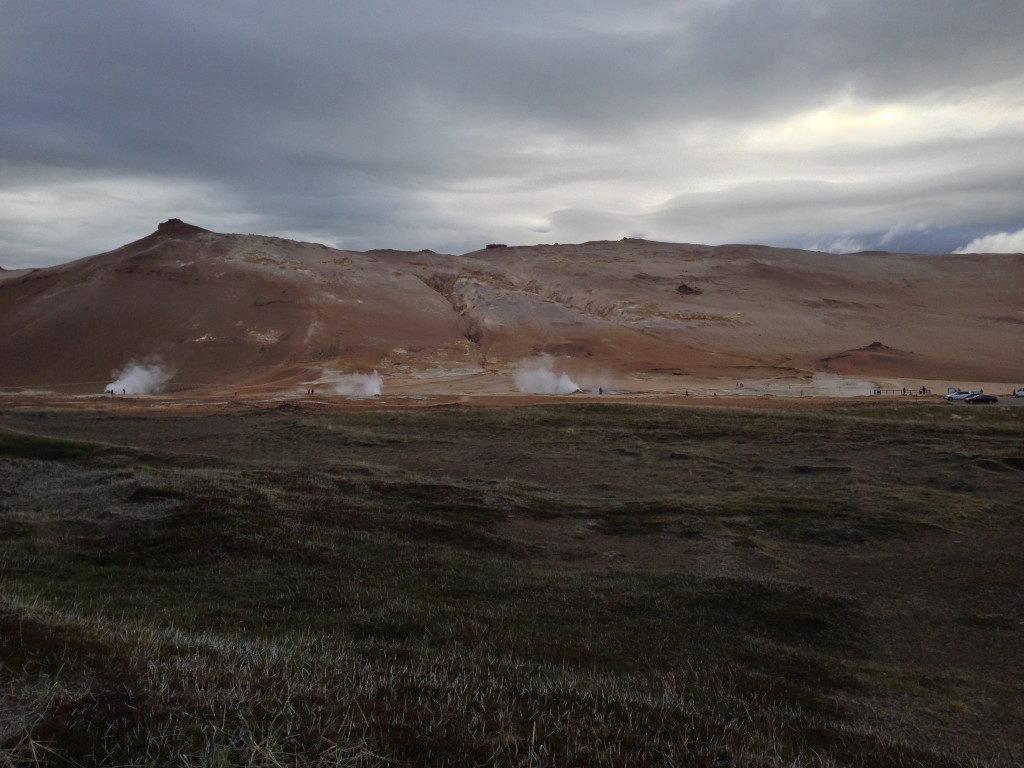

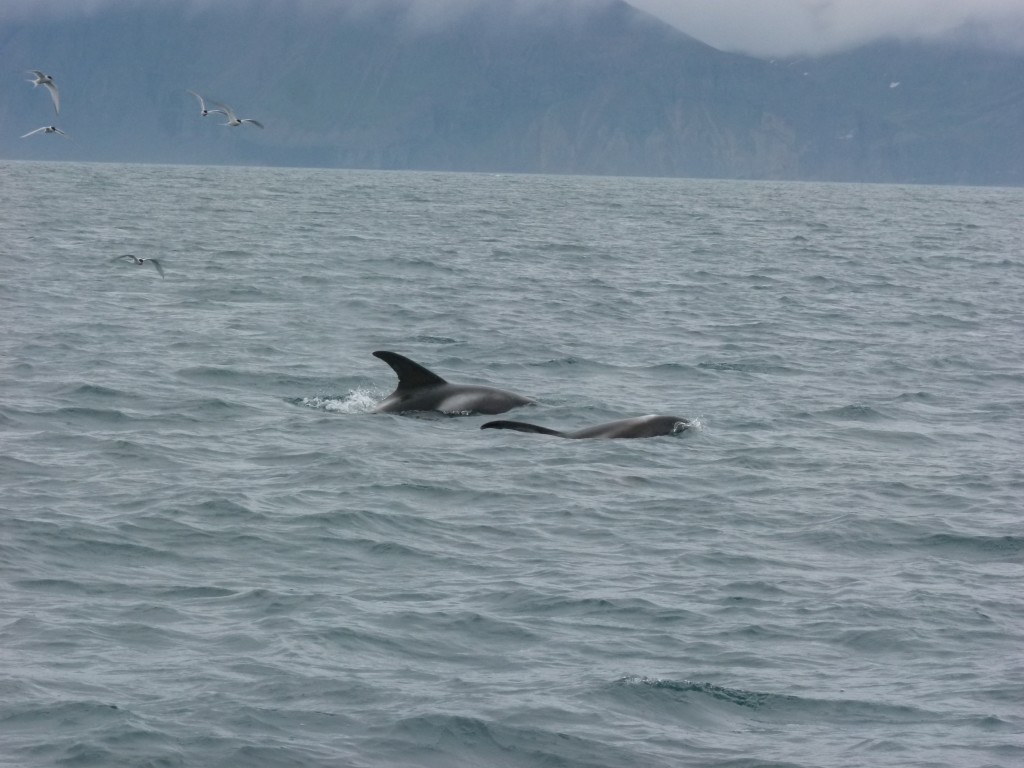
White-beaked Dolphin Lagenorhynchus albirostris
On my last stage I accidentally bumped into a Pink-footed Goose colony and
could obtain a few recordings for our Birds-in-flight website. Phew!
The ferry offered a last look at the kind of tourists Iceland will attract more and
more in future if the sustainable thinking Icelanders will not stop the one’s who
sell out the island and turn it into a playground for dumb Europeans who seek
for an alternative to their annual Mallorca holidays.
In the face of some particularly nasty individuals I felt lucky that I made my trip
in the past.
Many thanks to: Nicole Christ, WSRS, Jason Peters & Wildeye, Chris Watson,
Jez riley French, Laura Endres, Inga Martel, Bethan Parkes, Robert Kellough,
Tobias Mennle, Ester Rut Unnsteindóttir, Marianne Rasmussen & Sonia Levy!

